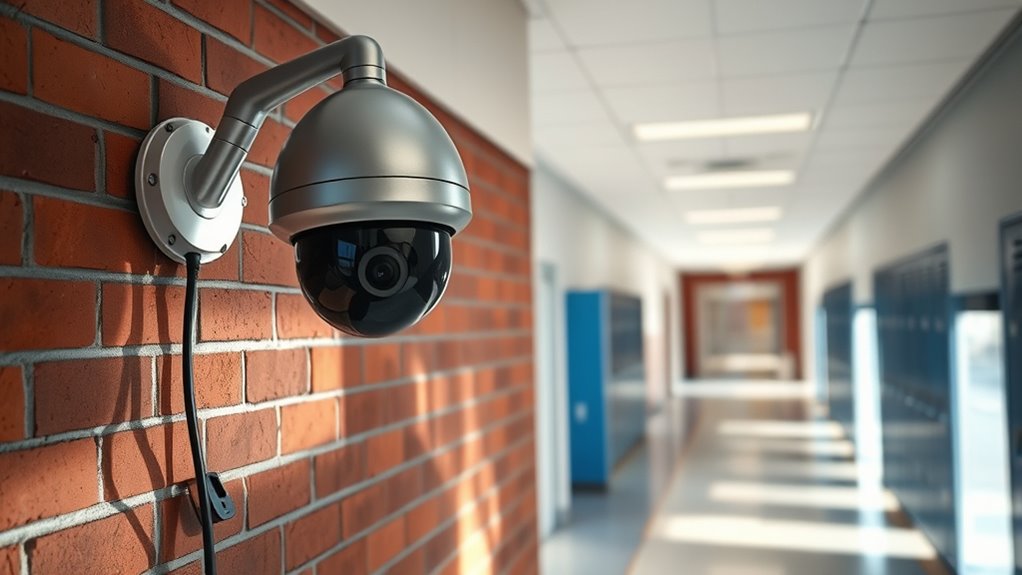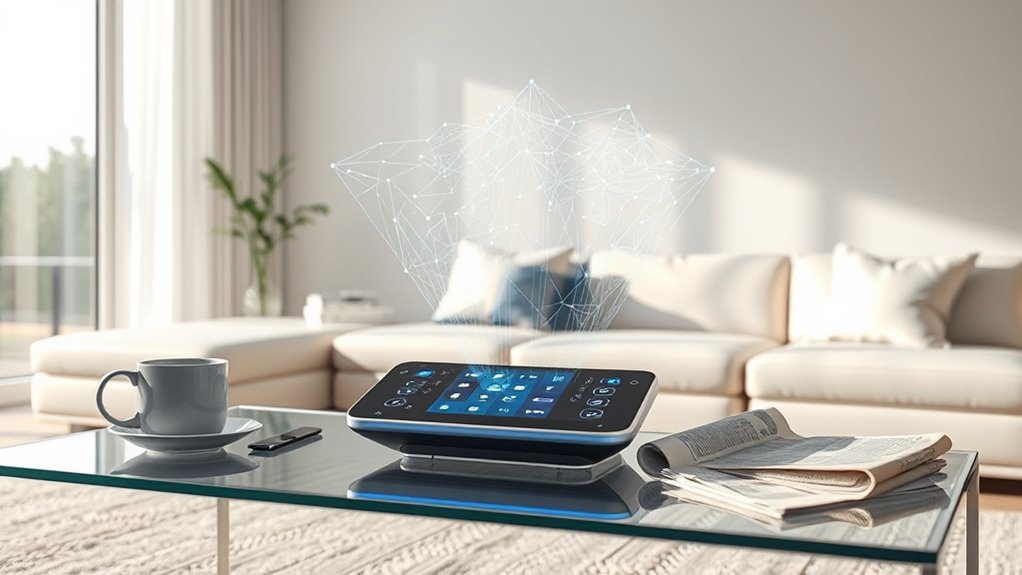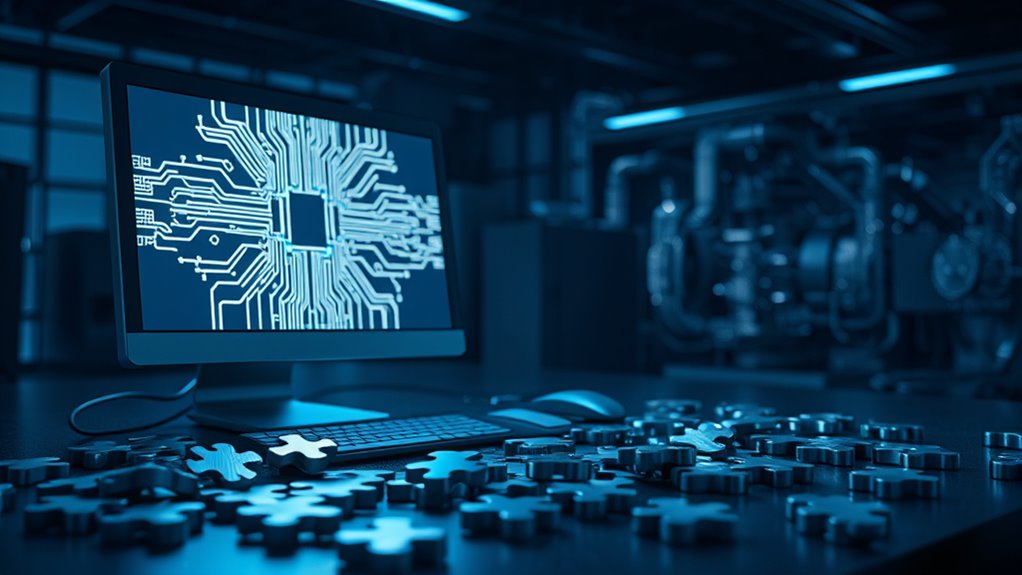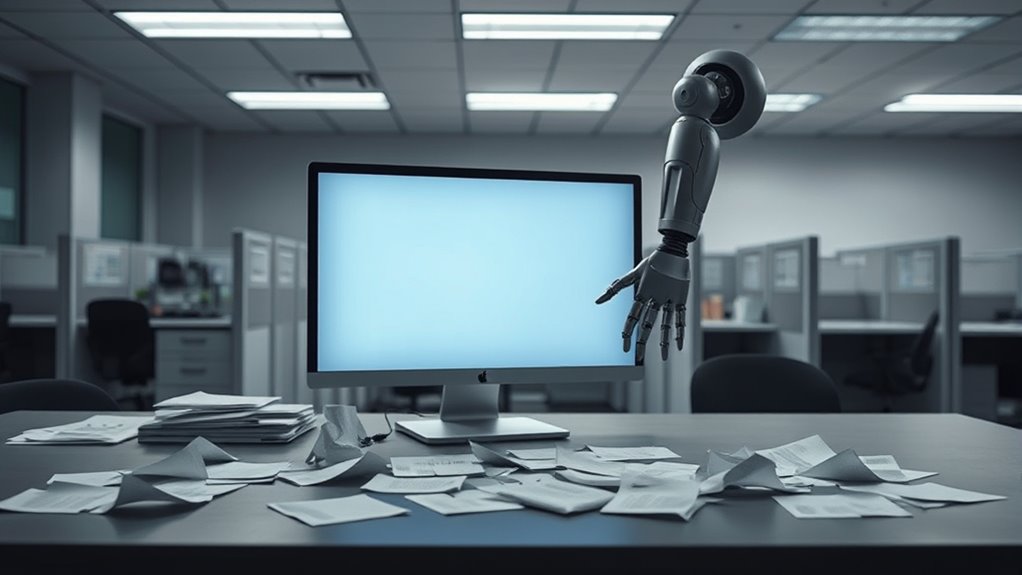Many schools across the country are now turning to AI surveillance cameras to boost safety. In Jacksonville, these high-tech tools are being set up to spot armed threats before they turn into emergencies. Unlike old cameras that just recorded events, AI systems analyze video in real time. They can pick up on odd behaviors or dangers and send alerts to security staff right away. This means schools can act fast to keep everyone safe.
Jacksonville schools are adopting AI surveillance cameras to detect armed threats in real time, enabling swift action to ensure everyone’s safety.
The AI cameras don’t just watch and wait. They’re proactive, helping to stop problems before they get worse. When a threat is detected, the system can connect with mass notification tools to warn everyone quickly. This makes it easier for security teams to work together and handle emergencies. Plus, these cameras don’t get tired like humans do. They provide steady, unbiased monitoring all day long, reducing the workload on school staff who’d otherwise watch multiple screens. Strategic placement of cameras in high-traffic areas ensures comprehensive coverage to maximize safety.
There are big benefits to this tech in Jacksonville schools. It gives real-time threat detection and helps leaders make better safety plans with data. The cameras also share exact details about where a threat is, so security can respond fast. On top of that, using AI with existing cameras saves money. Schools don’t need to buy all new gear, and fewer false alarms mean less wasted time. Additionally, AI systems can integrate with access control to enhance building security during potential threats. Moreover, with AI privacy concerns growing, schools must balance safety with the ethical implications of constant surveillance.
Still, not everyone’s on board with AI surveillance. Some worry it invades privacy for students and staff. There’s also not much independent research on how well it works or if it causes harm over time. Certain places, like New York State, have even banned these systems because of such concerns. There’s a fear that constant watching might make students feel uneasy or stop them from speaking freely.
To cover gaps where cameras can’t go, like bathrooms, schools use extra tools like sound sensors. Combining AI with things like bullet-resistant glass adds more protection. Jacksonville’s approach shows how layering different security steps can make schools safer. While the tech isn’t perfect, it’s a step toward handling armed threats with speed and care, aiming to protect students and staff every day.





